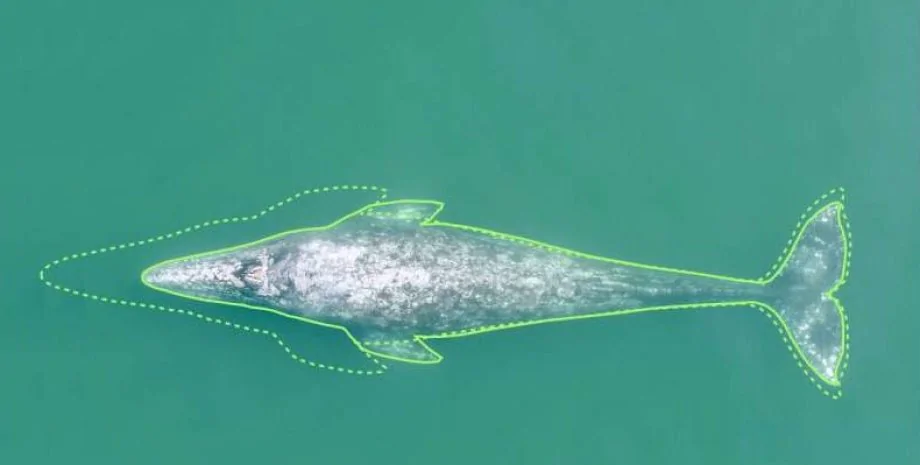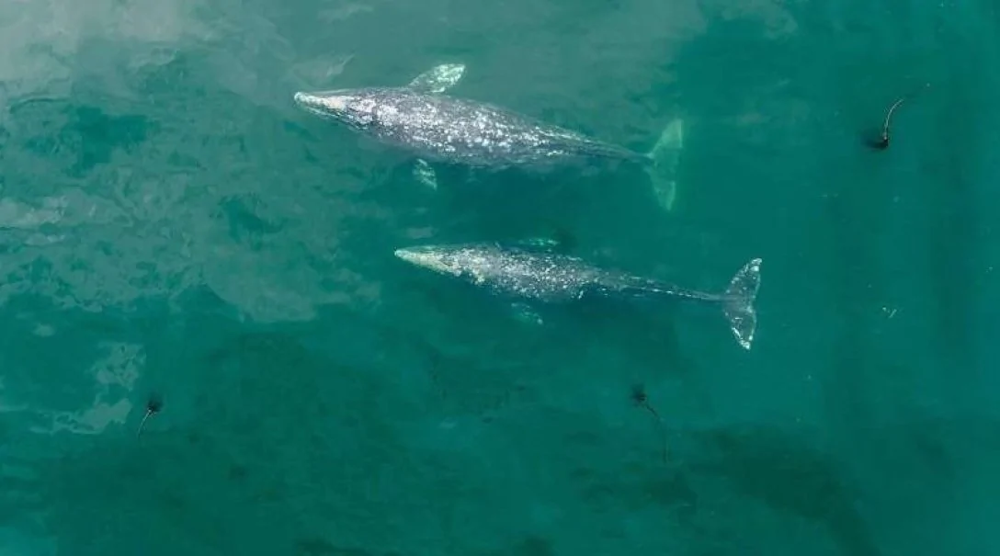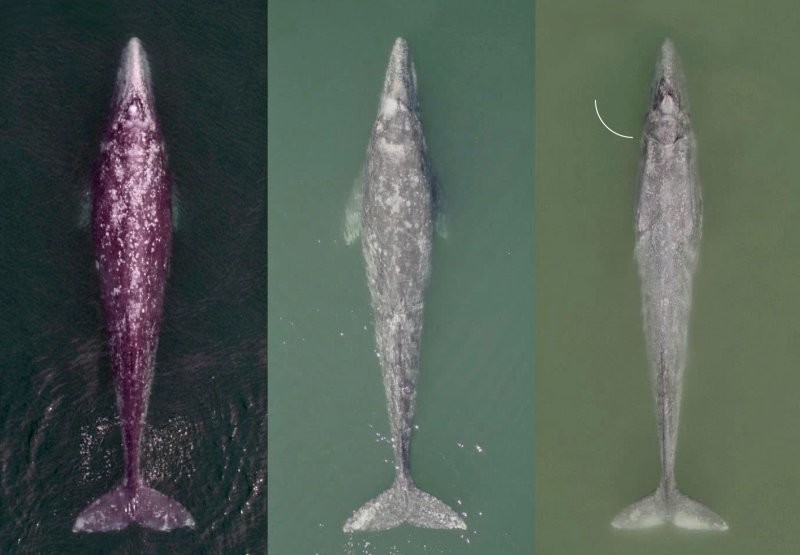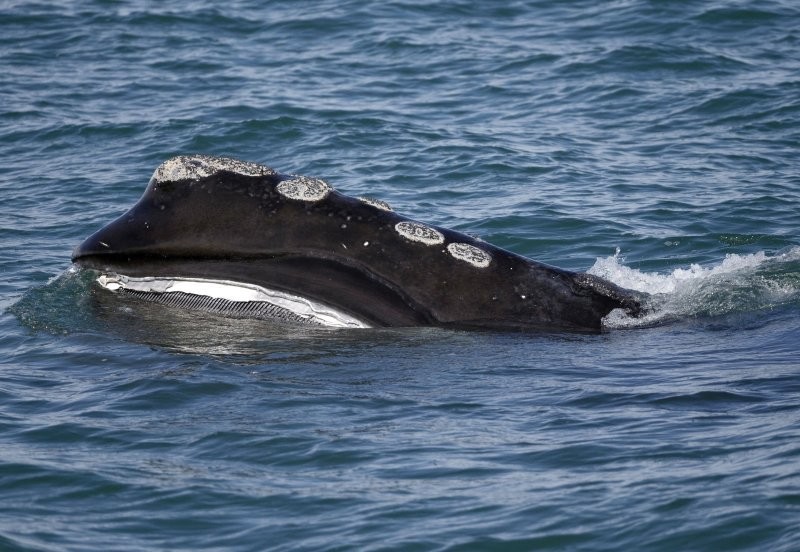Whales in the ocean have become impoverished: why the bodies of sea giants have shrunk over the past 20 years (4 photos)
Researchers have found that the bodies of Pacific Coast gray whales have declined over the past few decades. 
The ocean covers more than 70% of the surface of our planet and is home to many amazing creatures, including the largest animals on Earth - whales. But in a new study, scientists have found that whales' bodies have shrunk significantly over the past 20 to 30 years, and it's scaring scientists.
A team from Oregon State University observed the Pacific Coast feeding group, a small group of about 200 gray whales that is part of a larger eastern North Pacific population of about 14,500 individuals. This feeding group is known to move closer to shore along the Oregon coast, feeding in shallow, warm waters, unlike the bulk of the gray whale population, which spend much of the year in Arctic waters. 
Observation results showed that since 2000, this part of the gray whale population has undergone a significant decrease in body length. Moreover, according to study co-author and assistant professor at the Marine Mammal Institute in Newport, K.S. Bierlich and his colleagues found that individuals in the subgroup off the Oregon coast were generally smaller in size and in poorer body condition than their counterparts who spent more time in Arctic waters.
The study authors believe the smaller size could have serious consequences for the health and reproductive success of the affected whales. It also raises alarms about the state of the food web in which the whales coexist. The study authors believe that the whales' shrinking bodies may be an early warning sign that the population is beginning to decline or is unhealthy. At the same time, the whales themselves are considered important elements of the ecosystem, and therefore, if the whale population is not in order, this can tell a lot about the very environment in which they live.
Note that scientists have been monitoring a subgroup of gray whales since 2016, using drones to measure their sizes. The team then used photographs of 130 individual whales of known or suspected age taken between 2016 and 2022. The results indicate that an adult gray whale born in 2020 will achieve an adult body length that is 1.65 meters shorter than an adult born before 2020. Thus, scientists discovered that gray whales of this subgroup probably lost about 13% of their body length. 
According to the study's lead author and research fellow at the University of St. Andrews in Scotland, Enrico Pirotta, size actually matters for animals. In fact, it affects their behavior, physiology, life history and has cascading effects on the animals and the community they are part of.
For example, smaller whale calves may simply not be able to cope with the uncertainty associated with becoming independent, which could impact their overall survival. For adult whales, however, reproductive success is likely to be a major concern. 
The team speculates that the whales' shrinking size may be due to a lack of food in their habitat. In their work, scientists tracked the cycles of “upwelling” and “relaxation” in the ocean. Note that upwelling transports nutrients from deeper parts of the ocean, and periods of relaxation allow nutrients to remain in shallower areas.
Without a balance between upwelling and relaxation, the ecosystem simply cannot produce enough food for the whales, Pirotte said. The study's results show that the whales' size decreased in tandem with changes in the balance between upwelling and relaxation.

























